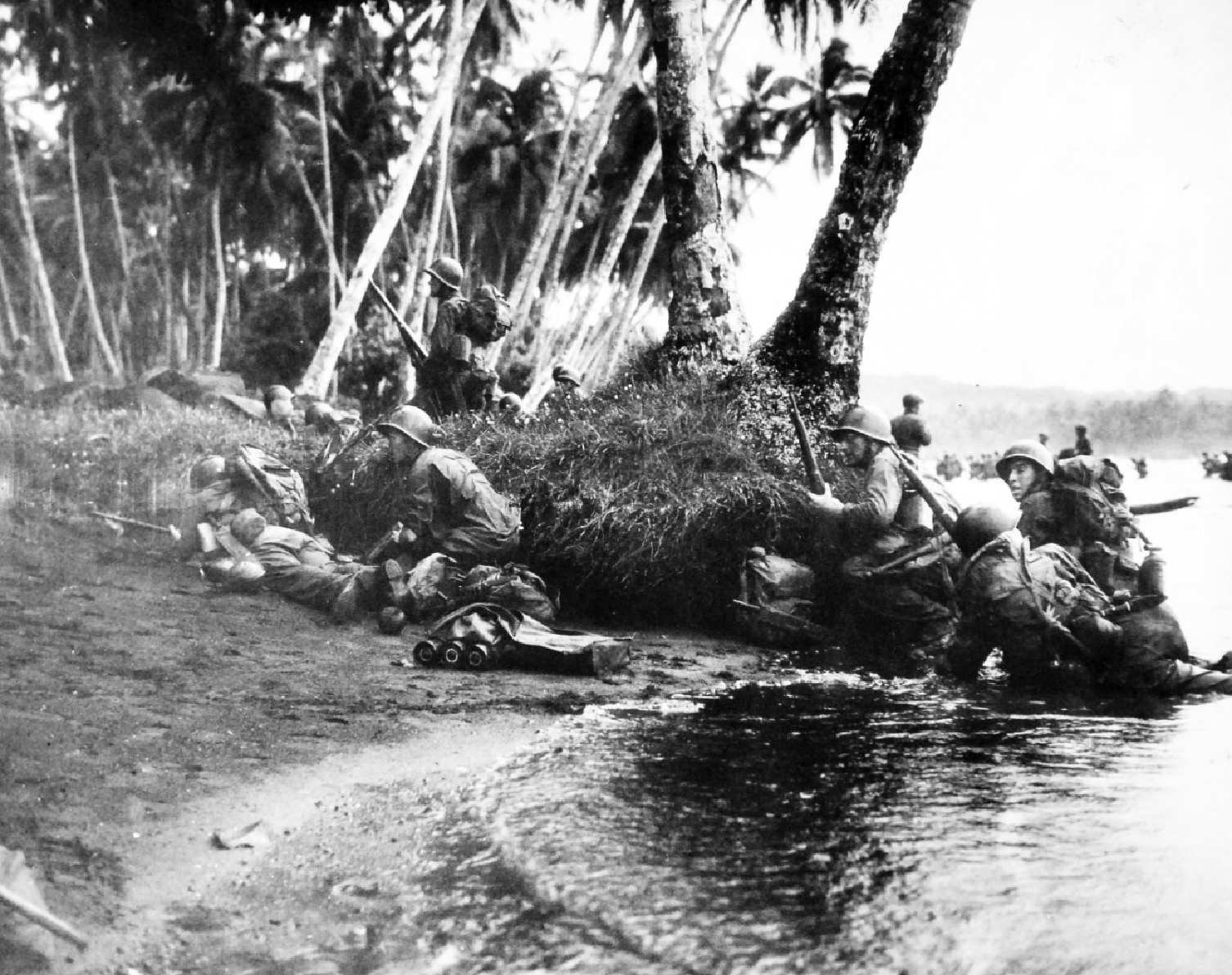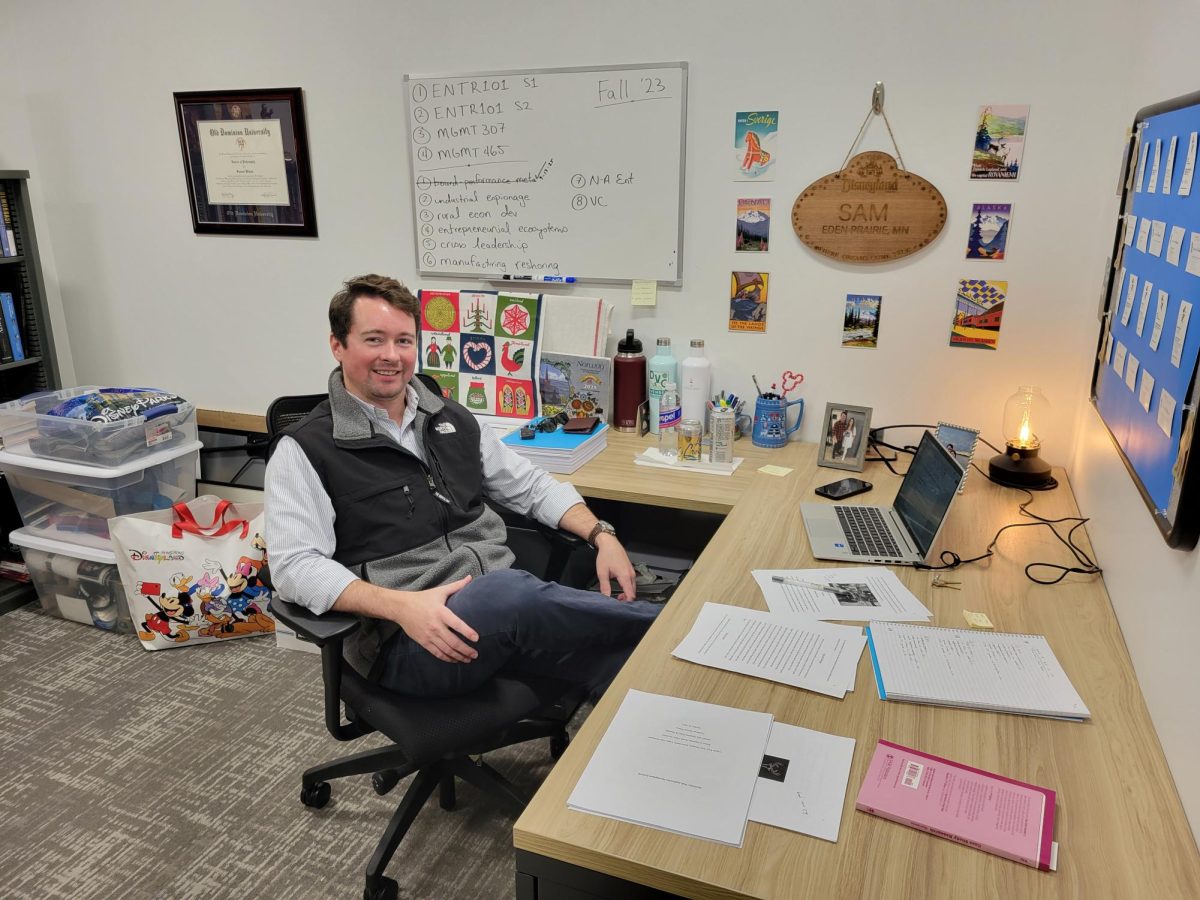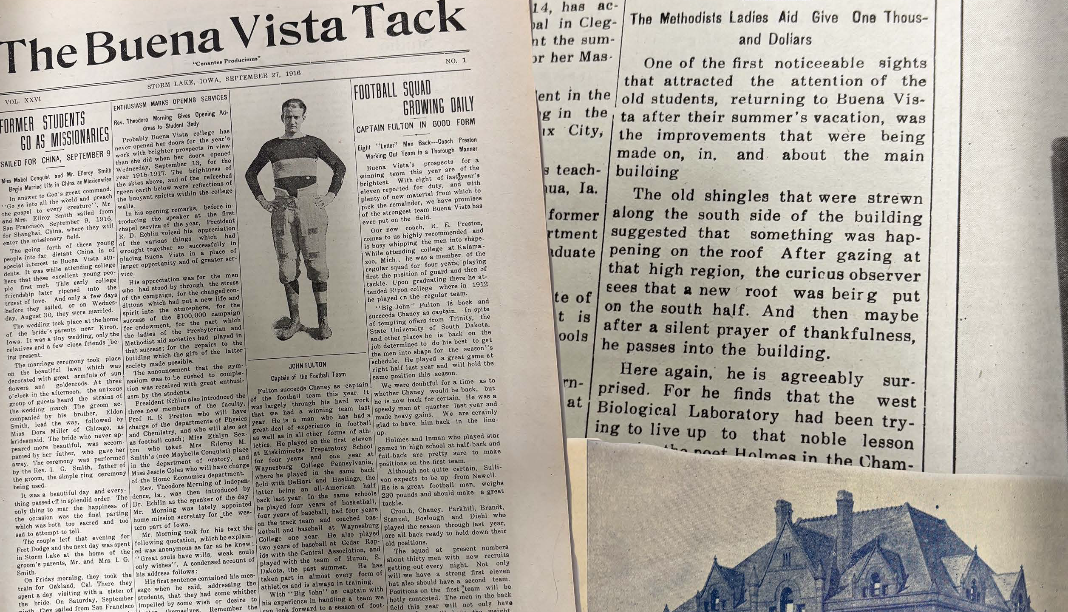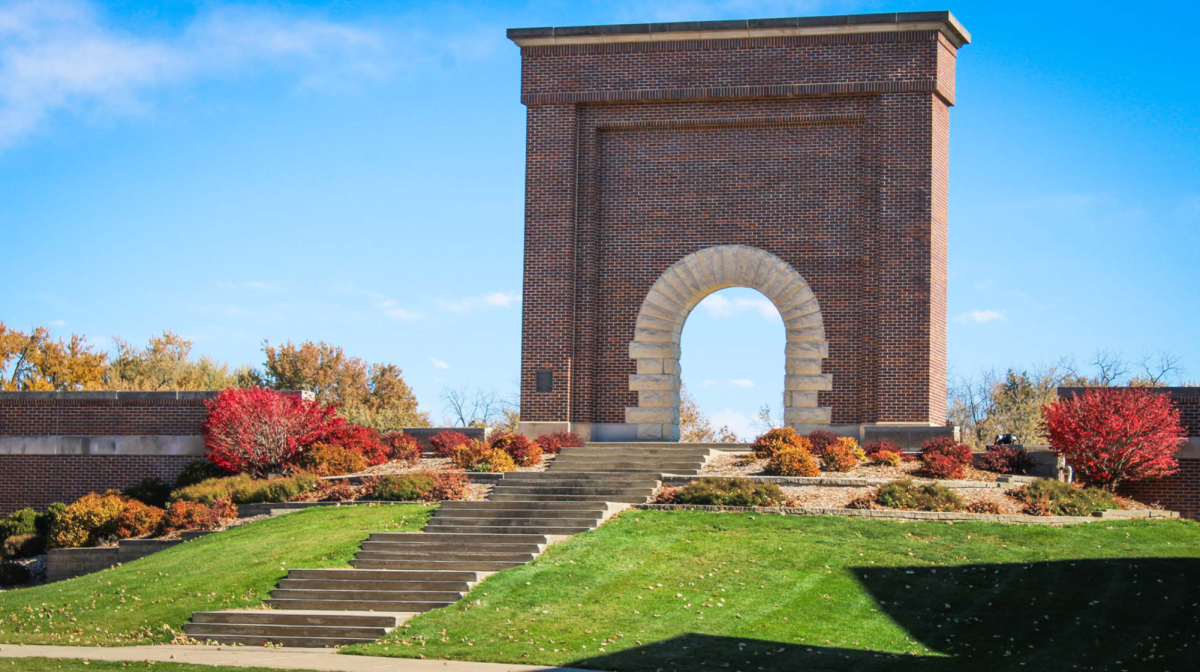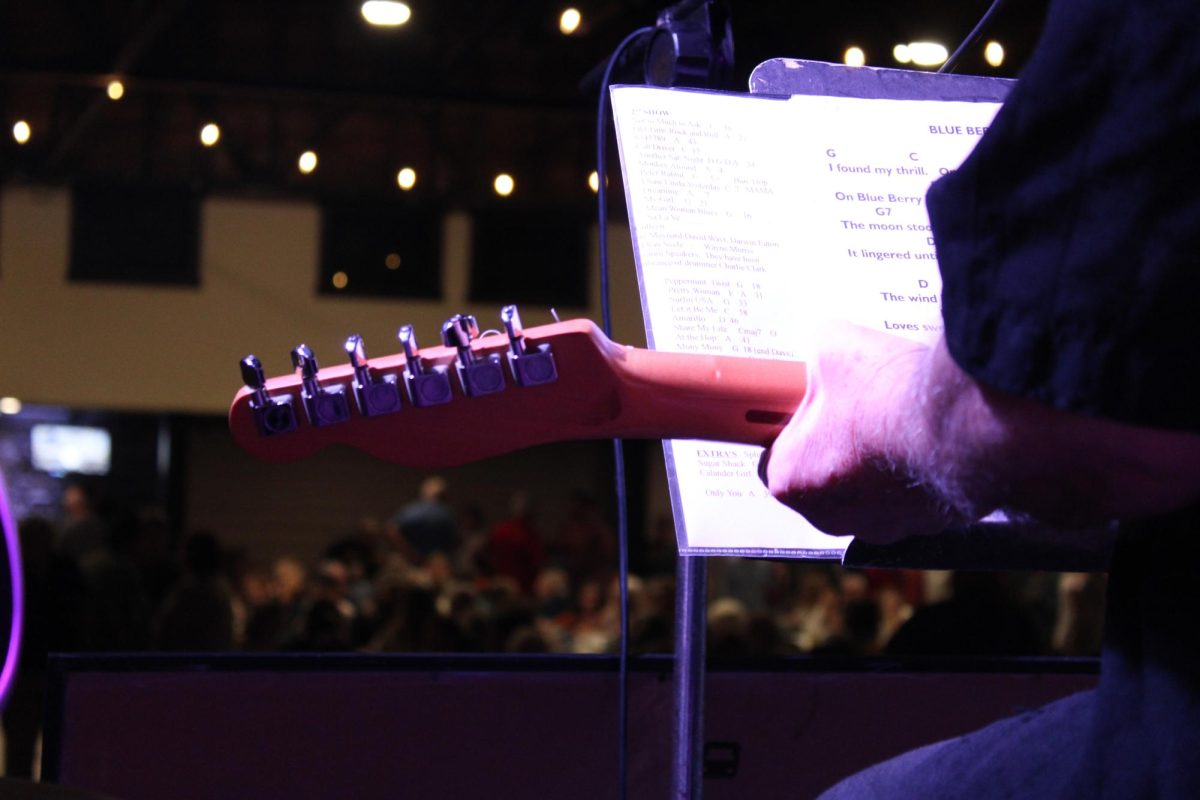For a year now, there have been ghosts in your papers. They have appeared once every month, a different face and a different name, staring up at you from the page. Twelve months and eighteen ghosts. Eighteen lives recounted and eighteen deaths replayed. Now, in these dying days of summer, these last few weeks before gold and orange tinge what once was green, the final two ghosts return to your paper. One of Buena Vista College’s first ghosts, and one of her very last.
The First to Die from Pomeroy
It was a bright, hot day in New Guinea the day Paul Peterson died. Enemy fire filled the sky and ripped into the trees and earth with deadly force. Paul and two other members of his platoon were dug in just outside of Salamua, where the 162nd Infantry had been in fierce combat against the Japanese for weeks. The longer Paul and his friends held the position, the clearer it became that it was untenable. A grenade fell near their foxhole, exploding outward with a deafening sound and blinding flash, and dirt and shrapnel filled the air. Surrounded and bleeding, Paul ordered his friends to retreat. He continued firing to cover their movement until he was hit once more. He fell, and the 162nd pulled back. Paul Peterson would not be going home.
Paul was not the first Beaver to die in the Pacific, but he was the first to be killed in ground combat with the Japanese. He was the first to die from Pomeroy.
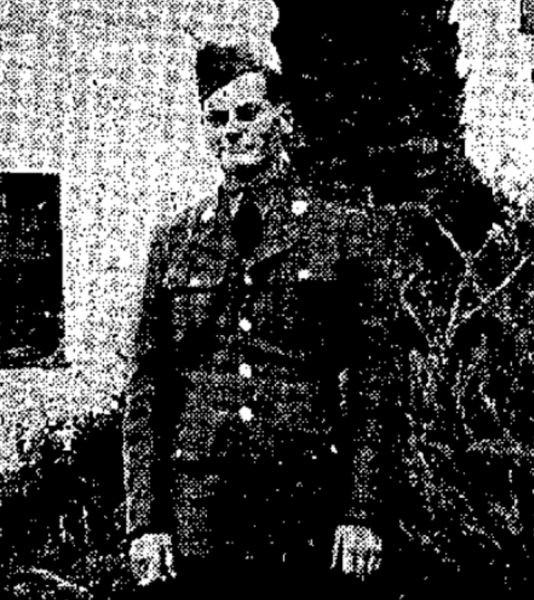
Pomeroy, the place where, as the Pomeroy Herald noted, Paul “grew to manhood.” It was the place where he worked and played with friends. It was where he learned to be bold and daring, where he went to school, and where he perfected his impish smile. Pomeroy wasn’t always exciting enough for Paul—in fact, he once attempted to walk all the way to Sioux City to join the Air Corps for adventure—but, until he left for college, it was the beginning and end of his world.
Thus, when he left for BVC in 1933, he must’ve hoped that an adventure as grand as the towering arch of Old Main awaited him. Much of what Paul got up to remains unknown, but wherever he went, mischief followed. During his first year at BVC, the Pomeroy Herald reported that Paul had broken his wrist. The only cause given for this break was that he was “jumping” when it occurred. Though his wrist healed, Paul did not stay at BVC long. He left in 1935 to help run his father’s store. Yet, though his time at BVC had been short, he had made many friends.
A Friend to Baffled Chemistry Students
One of those friends may well have been the young Clarence Vore of Maurice. Their paths must surely have crossed—in the halls, the gym, or the dormitories—but whatever interactions they may have had have been lost to time, dissolving between the years and meeting somewhere in the spaces between the floorboards of Victory-Edson Hall where laughter still clings to the wood.
While Paul was out chasing adventure, Clarence dedicated his time to his studies. He majored in chemistry and minored physics, mathematics, and education. He was a laboratory assistant who “proved a friend to many a baffled first year chemistry student” and class president his senior year. He was a member of the Delta Phi Rho fraternity and many campus clubs.
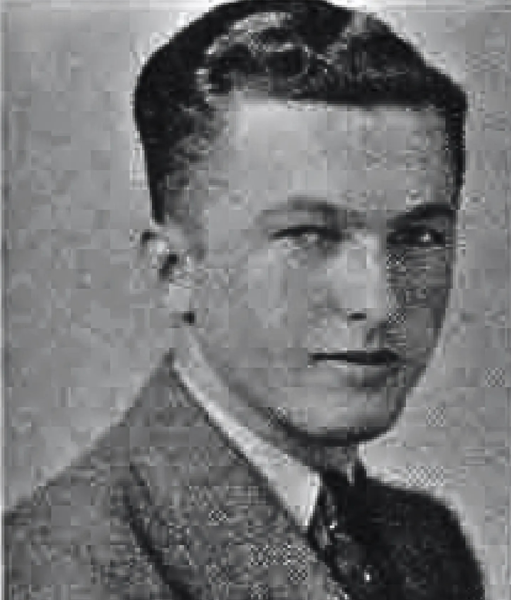
After Paul left BVC, Clarence remained, eventually receiving his bachelors and going on to be a high school science teacher.
Like Paul, Clarence entered the Armed Services just before the outbreak of war. Like Paul, Clarence would never come back to Iowa. However, where Paul was one of the first Beavers to die, Clarence was the very, very last.
Fighting and Dying Together
After entering the service, both men were sent to training camps and then moved around the U.S. as the prospect of war became a certainty. In California, Paul met his new best friend—a man he would be close with for the rest of his life—Russell Lewis. In Texas, Clarence Vore met the woman who would be his wife, Marjorie Wynn.
Russell and Paul became inseparable, bouncing from camp to camp together and, eventually, deploying overseas together in February 1942. Just as they trained together, they would fight together in the brutal New Guinea campaign. Just as they fought together, they would die together. On July 30, 1943, Russell Lewis was killed in combat near Salamua, New Guinea. A month and a day later, on August 31, Paul was killed fighting for the same few patches of land. Paul was 27 years old.
While Paul and Russell were dying in New Guinea, Clarence and Marjorie were starting a life. Clarence served as a flight training officer in San Angelo, training young men to fly and teaching them the tactics that would keep them alive 10,000 feet above Germany and loaded with bombs. Just as he had been a constant, kind face to the baffled chemistry students at BVC, he was a steady, comforting presence to the flight cadets preparing to go to war.
The Future That Was Not To Be
After marrying in July 1942, Marjorie followed Clarence wherever he went. They eventually landed in Ohio—where Clarence continued training cadets—and had twin daughters, Linda and Janet, in 1944. When the war ended in the summer of 1945, Marjorie and Clarence both surely rejoiced, and perhaps even began to plan what their lives might look like in a post war world. But it was not to be.
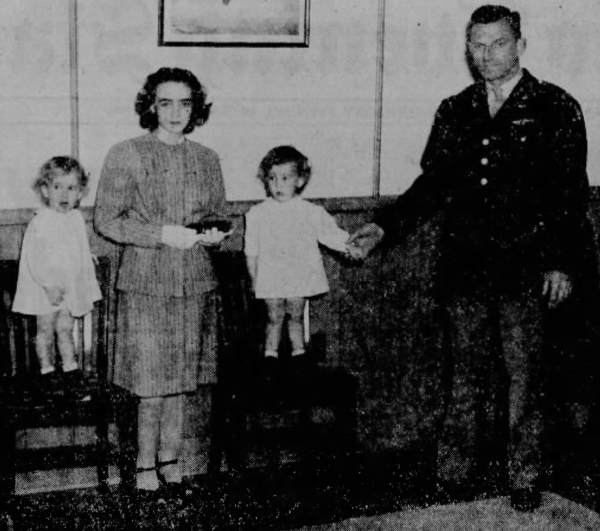
Clarence was sent overseas in July of 1946 to continue flying B-17s as a part of the United States’ occupation of Europe. On August 29, nearly a year since the end of the war and three years since the death of Paul Peterson, Clarence Vore’s plane smashed into the side of a mountain in Grenoble, France.
What went on in the cockpit in those final, blurred seconds is unknown. Whether it was mechanical failure, poor weather, or just human error, ten men were killed flying a plane from a war that was already over. Clarence was 29 years old.
The Ghosts Return to Campus
And, at long last, BVC’s war ended, but the grief would go on.
In Pomeroy, Paul Peterson’s mother slowly became friends with Russell Lewis’s mother, their bond forged from irreplaceable loss. In San Angelo, Janet and Linda were presented a medal in place of their father. Marjorie mourned a flag draped casket and an entire life she’d surely been certain was just around the corner.
At BVC, another ghost stepped on to the campus. The BVC 18 were reunited at last. And so they will remain.
Now, it is 80 years since the end of the war and, just as I’ve written in nearly every article, the ghosts still linger. They linger in the laughter of students on campus and in the patches of light that stream through the windows near the dying of the day.
And finally, this year, they were remembered.
BVU Remembers Our Dear Ghosts
Their names were spoken aloud, as they haven’t been in years. They were loved. They were mourned. They were brought home, to the campus they all once knew. And Buena Vista has welcomed them proudly and with open arms.
Yes, in these articles, in the V-E Day exhibit, and in the plaque that will soon be affixed to Victory-Edson Hall that bears their names, BV proudly proclaims: “long ago, these men were once ours.”
And quieter, much quieter, the ghosts—slipping through halls and window panes and fading summer light—whisper back: “we still are.”


